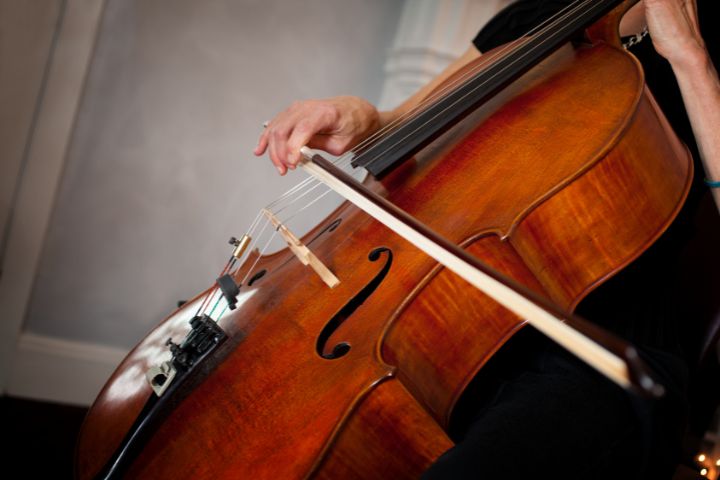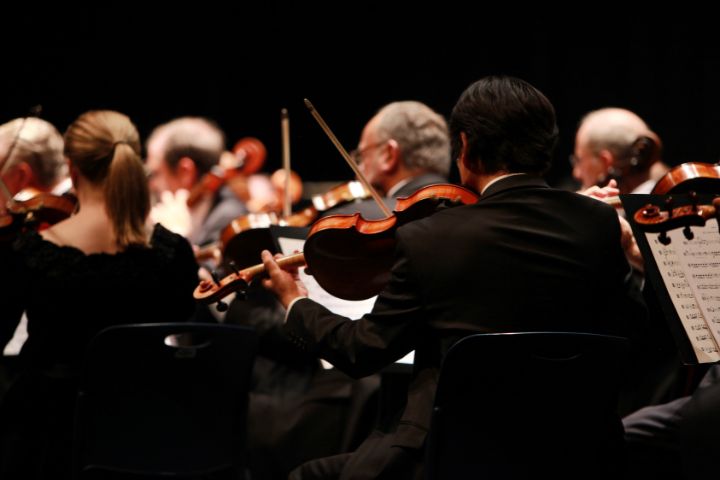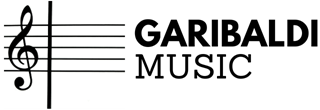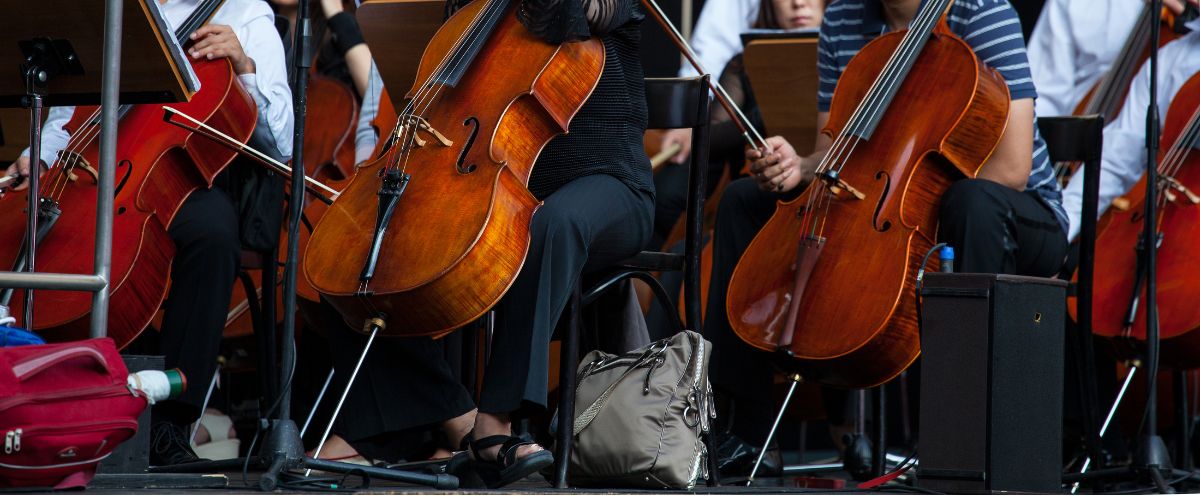The world of string music spans vast emotional terrains, from haunting melodies to passionate crescendos. Certain compositions have etched their place in history and in the hearts of audiences. Delve into a curated exploration of the top 22 string compositions of all time.
Solo Works

- Bach’s Six Cello Suites: Early 18th-century pieces that have become essential for cellists, with the Prelude from Suite No. 1 in G Major especially beloved. I still remember the first time I heard this. I was driving my 2009 Ford Ranger dual cab ute along the highway, feeling pretty cool with the window tint from tintkits.com.au that I’d managed to install myself. Bach’s sumptuous cello suite number 1 came on ABC Classic FM and the world just melted away!
- Paganini’s 24 Caprices for Solo Violin: Showcases of dazzling virtuosity, pushing the boundaries of violin technique.
- Ysaÿe’s Six Sonatas for Solo Violin: Modern homages to Bach’s violin works, these sonatas are an exploration of the instrument’s expressive potential.
String Duos
- Mozart’s Duos for Violin and Viola, K. 423 and K. 424: Eloquent pieces highlighting the interplay between violin and viola.
- Bartók’s 44 Duos for Two Violins: Modern masterpieces that blend folk influences with 20th-century harmonies.
String Trios
- Beethoven’s String Trios, Op. 9: Melodically rich and structurally innovative, epitomizing Beethoven’s early chamber music style.
- Mozart’s Divertimento in E-flat major, K. 563: A testament to Mozart’s genius in crafting sophisticated and melodious chamber works.
String Quartets

- Beethoven’s Late String Quartets: Particularly Op. 131 and Op. 132, these quartets are introspective and pioneering.
- Mozart’s “Haydn Quartets”: A tribute to Haydn, they exemplify Mozart’s brilliance in the realm of quartet writing.
- Bartók’s Six String Quartets: A journey through Bartók’s evolving style, fusing folk elements with avant-garde techniques.
- Shostakovich’s String Quartet No. 8: A somber reflection of 20th-century turmoil and personal experiences.
- Haydn’s “Emperor” Quartet, Op. 76: A classic named for its anthemic second movement, which later became the German national anthem.
String Quintets
- Schubert’s String Quintet in C Major, D. 956: Renowned for its depth of emotion and lush sonic landscapes.
- Mozart’s String Quintet in G Minor, K. 516: A piece that stands out for its profound emotional depth and sophisticated structure.
Larger String Ensembles

- Tchaikovsky’s Serenade for Strings in C Major, Op. 48: A romantic odyssey filled with characteristic Tchaikovsky melodies.
- Elgar’s Introduction and Allegro for Strings, Op. 47: A rich tapestry of harmonies encapsulating Elgar’s British musical essence.
- Vaughan Williams’ Fantasia on a Theme by Thomas Tallis: An ethereal blend of ancient modal melodies with 20th-century sensibilities.
- Grieg’s Holberg Suite, Op. 40: A nod to the past, it’s inspired by 18th-century dance forms and melodiously constructed.
Concertos for String Instruments
- Mendelssohn’s Violin Concerto in E minor, Op. 64: A cornerstone of the violin repertoire, balancing melodious lines with virtuosic displays.
- Tchaikovsky’s Violin Concerto in D major, Op. 35: A romantic masterpiece, presenting both fiery solo passages and grand orchestral themes.
- Elgar’s Cello Concerto in E minor, Op. 85: Symbolic of post-World War I reflection, it’s deep, emotional, and resonant.
- Vivaldi’s The Four Seasons: A series of violin concertos, each painting a vivid auditory scene of its respective season.
From the Baroque era to the contemporary age, this compilation captures the essence of string music in the classical tradition. Each piece, with its unique character, offers a memorable auditory journey.

